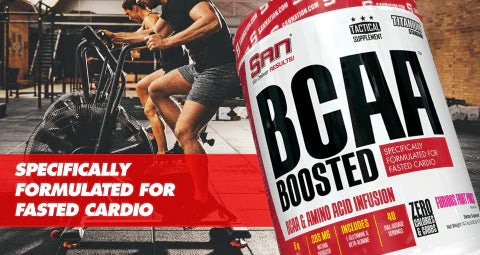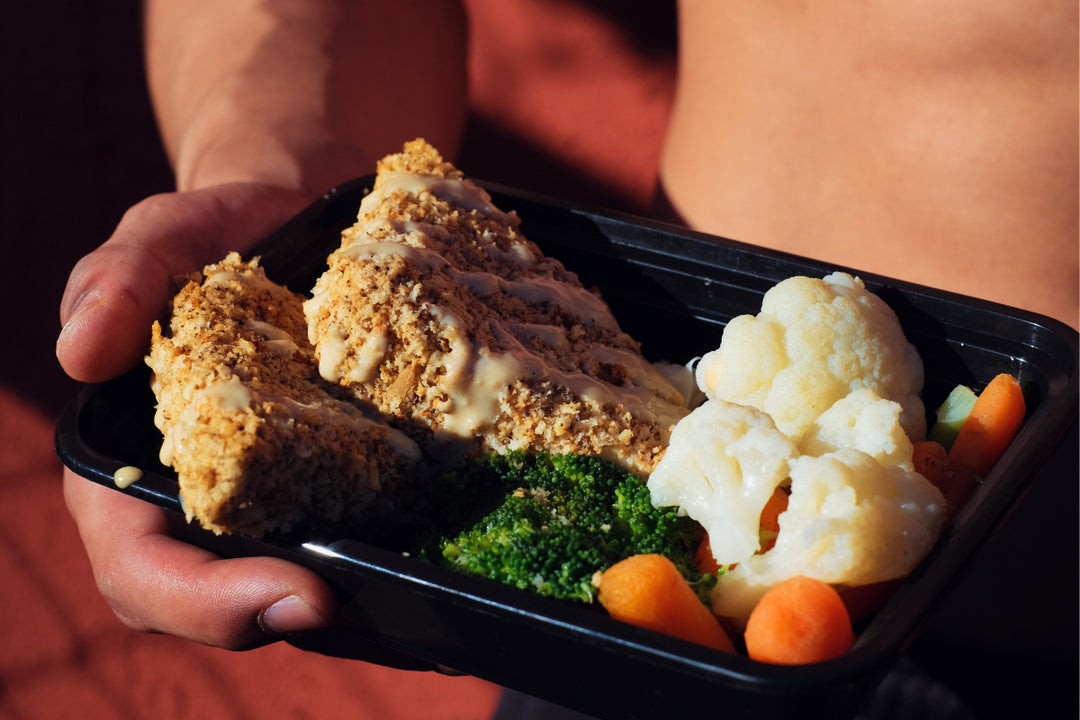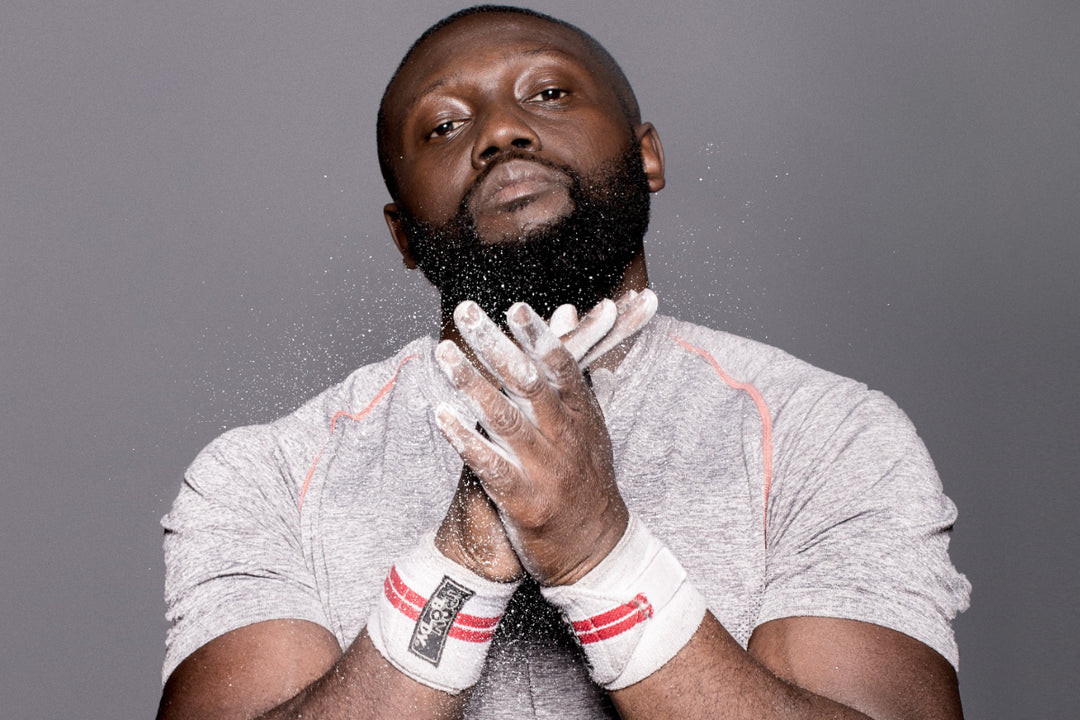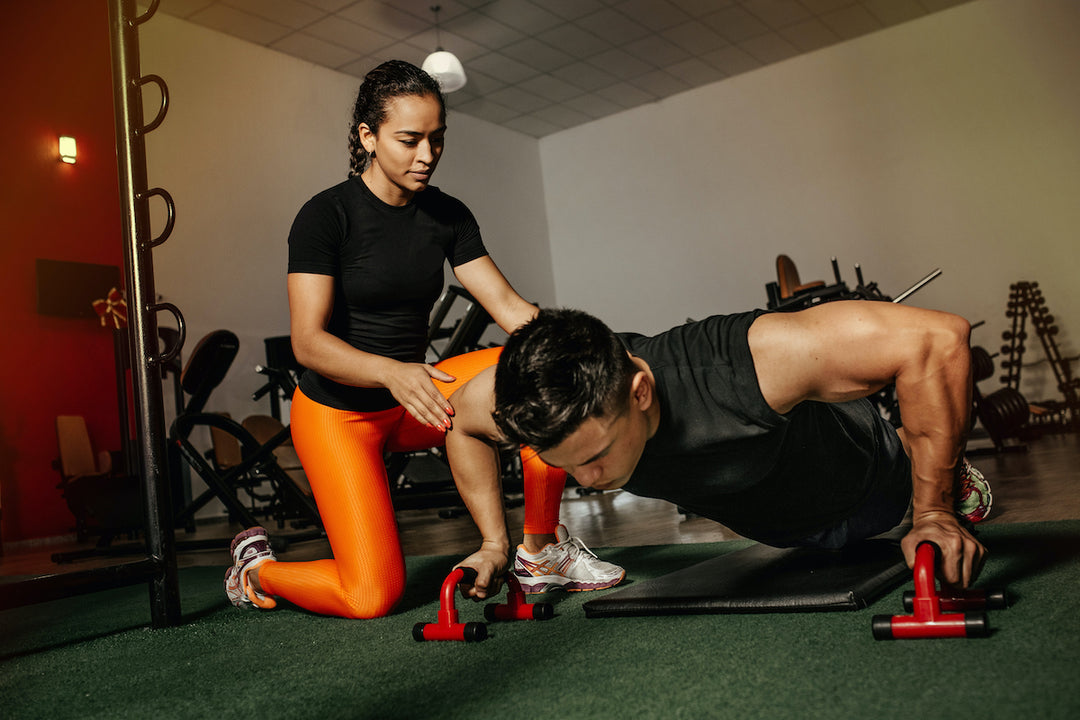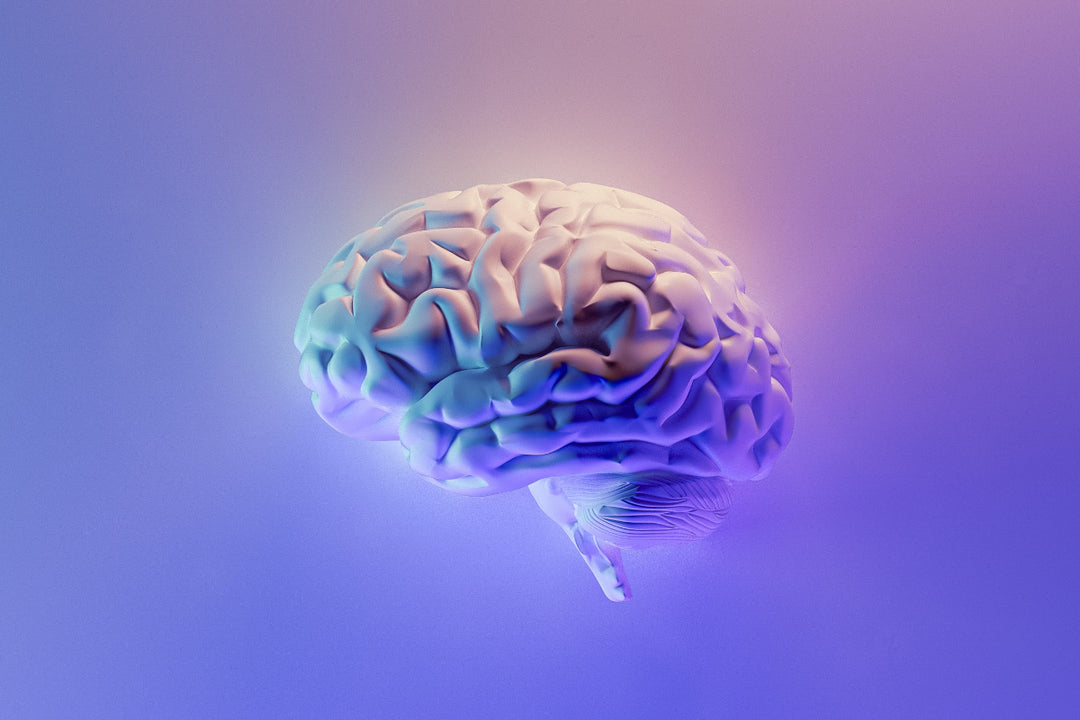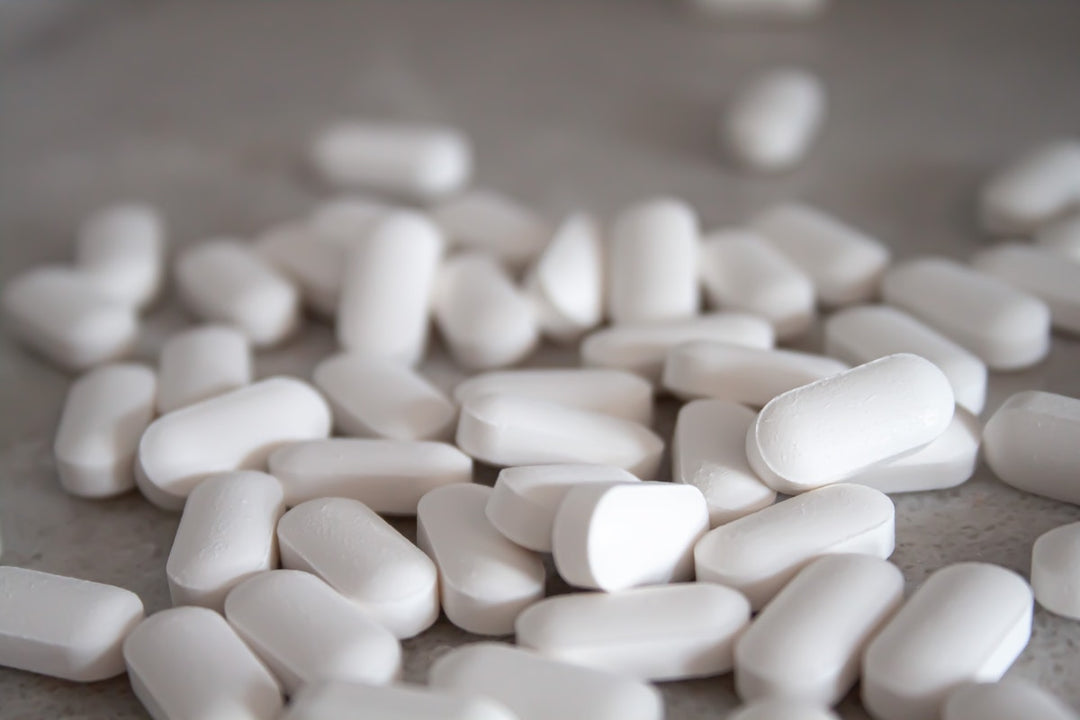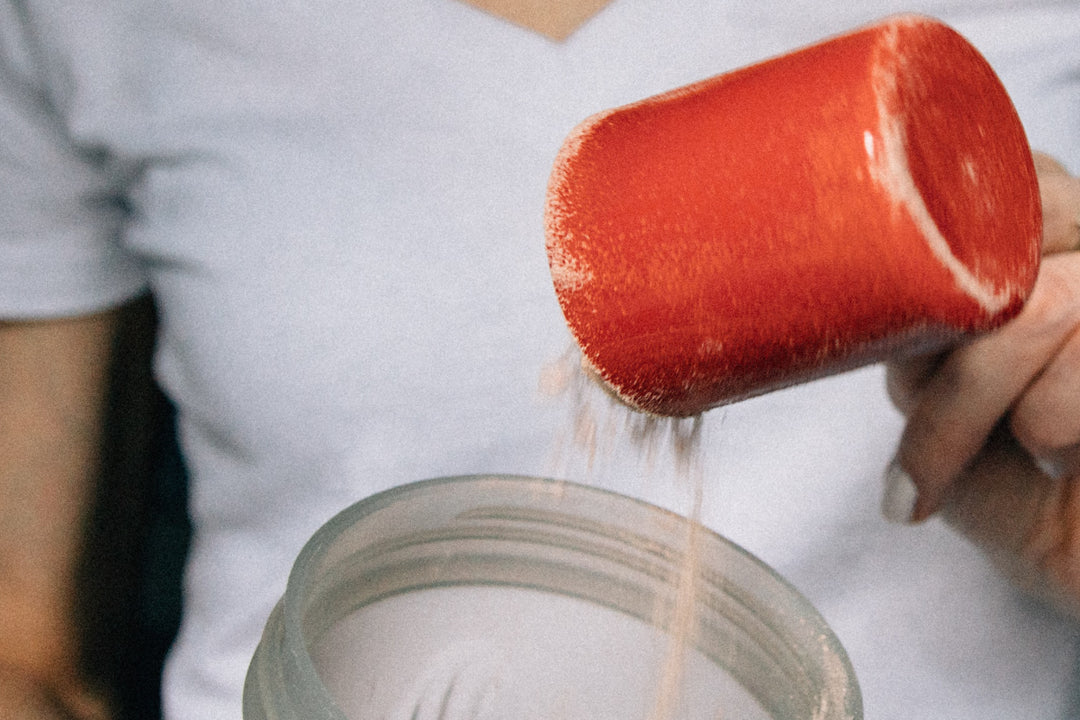The only way to really know if you're getting close to reaching your weight-loss or muscle-gain goals is to track your progress, and there are a few great ways to do that. You can track your progress with photographs, videos, and a journal or blog.
Anything you can do to track your progress will keep you moving toward your goal. Plus, you can use any notes you've taken to look back when your progress has stagnated to see what changes to make.
While it's generally good to stay away from electronic devices while training, a note-taking app can be indispensable. It's worth it the extra effort, especially when you track your exercise progress, including weights and reps if you're weight training. Chances are that you'll build more muscle or lose more fat faster when you're not struggling to remember what weight you used previously or how long you did your HIIT cardio for, and you might even find yourself getting competitive with yourself.
Record the weight used on every set you do along with the number of reps for every exercise. That way, at your next workout, you can just look back to see what you did and attempt to better your performance with either more reps or more weight.
Progression, whether it's more weight or more time under tension, is a big key to muscle-building results, but keep in mind that increases won't happen at every workout. Don't get discouraged or frustrated when your strength remains the same for a few workouts in a row. Building size and strength-or losing fat-is a gradual process. Be patient, enjoy the work it takes, and don't sacrifice exercise form or your safety just to use more weight. Injuries can erase any of the progress you've worked so hard for.
As mentioned above, photos and videos are another great way to track your progress. They're probably one of the most valuable and motivating methods of tracking progress. That's because you can see if you're genuinely reaching your goals, which will motivate you to either stay on track or work harder. And no, a mirror won't work the same way. That will just play head games based on the way you feel at any given moment. Don't trust what your mirror tells you.
For your progress photos, make them as simple as possible, and be sure to use the same exact location for both you and your camera, as well as the same lighting. Then just be sure to take a series of photos using the same poses each time. Pictures from the front, rear, and each side should be enough, but a few muscle-flexing poses will help gauge progress quite a bit.
Take your progress photos once every 7-14 days, as any more often than that is overkill. Whether you're trying to put on muscle or reduce body fat, looking back at the pictures and comparing them will help to show exactly where you've been, where you are, and where you're going.




